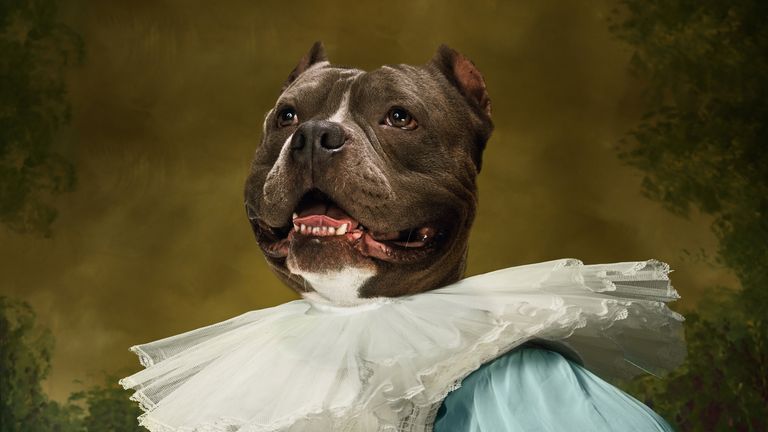The Most Popular Dog Names From Medieval Times to Today
In your lifetime, you’ve probably met a million dogs named Bella and at least half as many Lunas. You’ve probably ruffled the ears of plenty of Maxes and scratched the belly of countless Charlies. But have you ever encountered a Holdfast? What about a Nosewise? Or a Mopsus? No? Us neither! So, why not follow us on a trip through time to find out how pooches’ names have changed over the years, from medieval times right up to today!
1. Medieval times: Holdfast, Nosewise, and Bellina
According to Medievalists.com, texts from that era reveal a host of truly bizarre and unique dog names from the period. These days, could you imagine calling a good boy Holdfast, Ringwood, Whitefoot, or Nosewise? How about Amiable, Clenche, Bragge, or Jakke?
There were even some dogs named after their owner’s job: Little Hammer and Little Spoke belonged to a blacksmith and wagoner, respectively. The funniest moniker, though, has to be “Nameles.” That was perfect for every lazy medieval guy or gal who couldn’t even muster up the energy to name their pet!
Medieval celebs had dogs too
Celebrities of the day also gave their dogs some truly fascinating names. For example, Anne Boleyn owned a little guy called Purkoy, which was a play on the French word pourquoi, meaning ‘why’. She reportedly bestowed him with that name because he was inquisitive! We like that.
Knight Jehan de Seure’s furry companion was known as Perceval, and Isabella d’Este, the Marchioness of Mantua in Italy, had dogs named Mamia and Aura. Finally, the Marquis of Mantua Ludovico III Gonzaga also had two dogs, and they were called Bellina and Rubino.
2. 1600s: Drunkard, Merryboy, and Beauty
In 1686 an aristocratic fella named Nicholas Cox wrote The Gentleman's Recreation in Four Parts, a guide to hunting and fishing. It has sections on “Hunter’s Terms” with some truly hilarious titles, such as, “A Short Account of some Particular Beasts that are not Hunted In England, but in Forrain Countries,” “The Nature and Properties of a Bear, and after what manner Hunted,” and “Proper Terms for the Noises of Hounds.”
They all sound like pretty snappy reads, huh? There are also three chapters dedicated to the maladies that can affect dogs, amusingly entitled “the Dumb Madness,” “the Lank Madness,” and “the Falling Madness.”
These “hounds and beagles” had super-funny names
For those who were able to look past the “falling madness” — whatever the heck that is — of the average “hound or beagle,” Cox also included a list of name suggestions in his weighty tome. It is here that we find out the good folks in the 1600s dubbed their dogs things like Drunkard, Merryboy, Jollyboy, and Chanter.
Perhaps this was because everyone enjoyed their time at the local pub a little too much? They also liked giving them fun names such as Gawdy, Beauty, Dancer, Tickler, Flippant, Fuddle, Lively, Whipster, and Spanker. Oh, and Younker — whatever that means!

